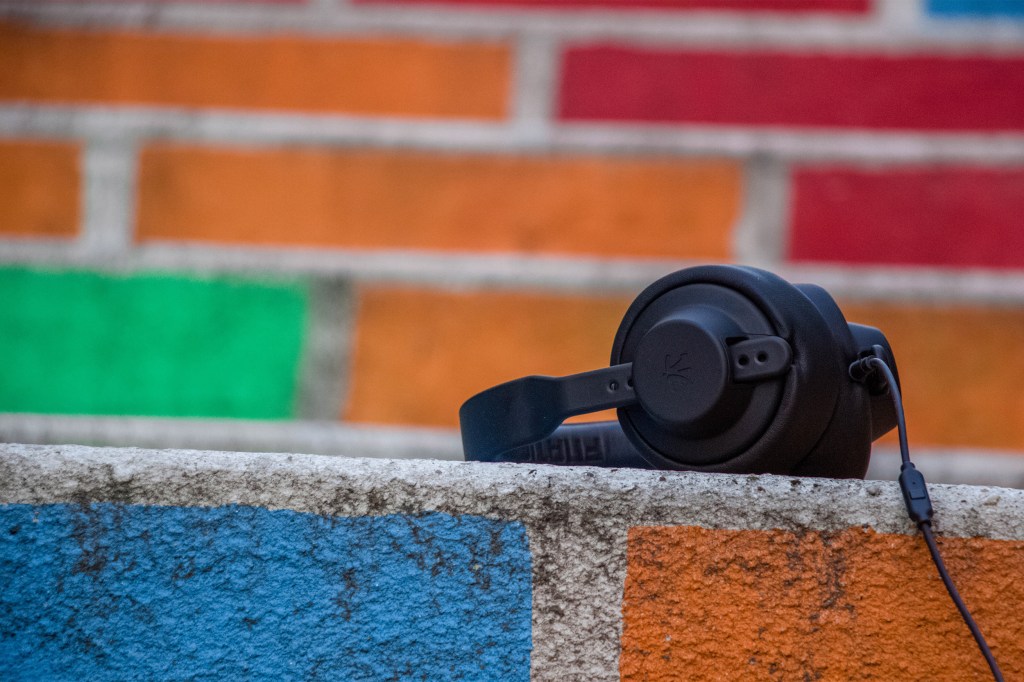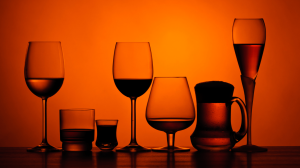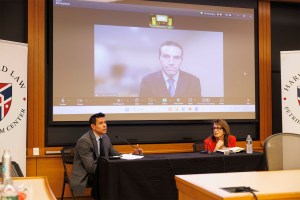Science & Tech
-
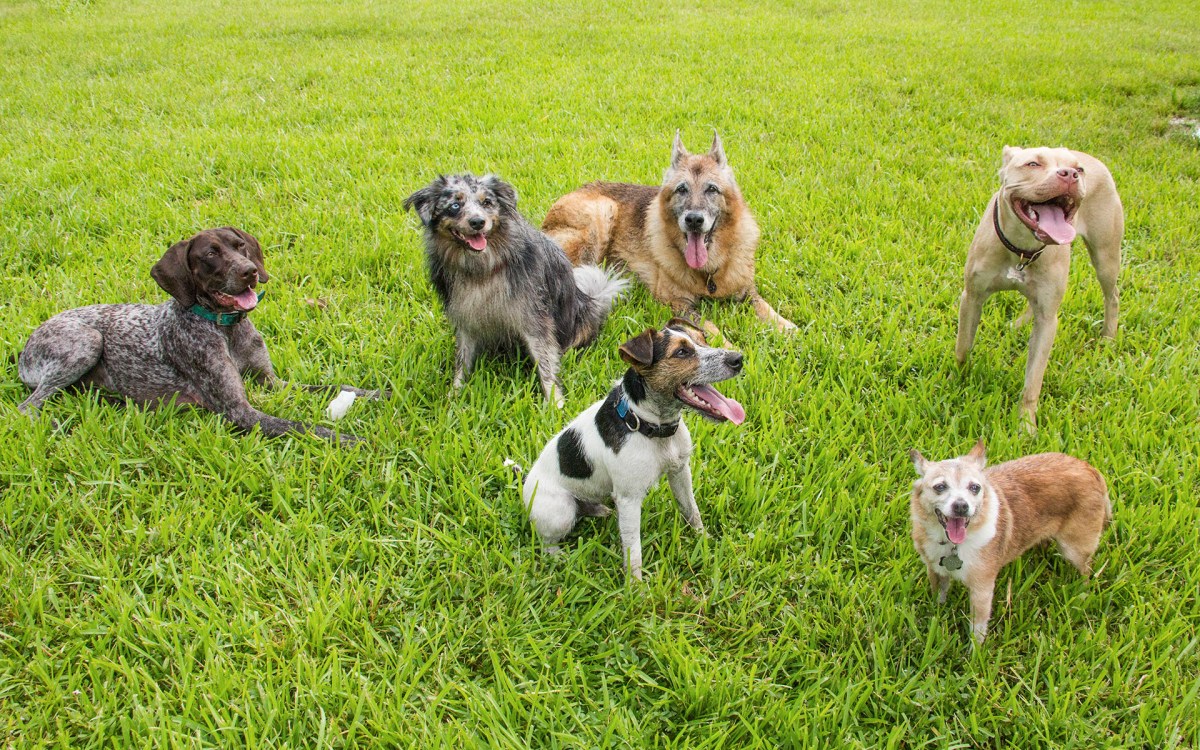
Harsh past might bare its teeth
Early adversity leads to higher aggression and fearfulness in adult canines, study says

-
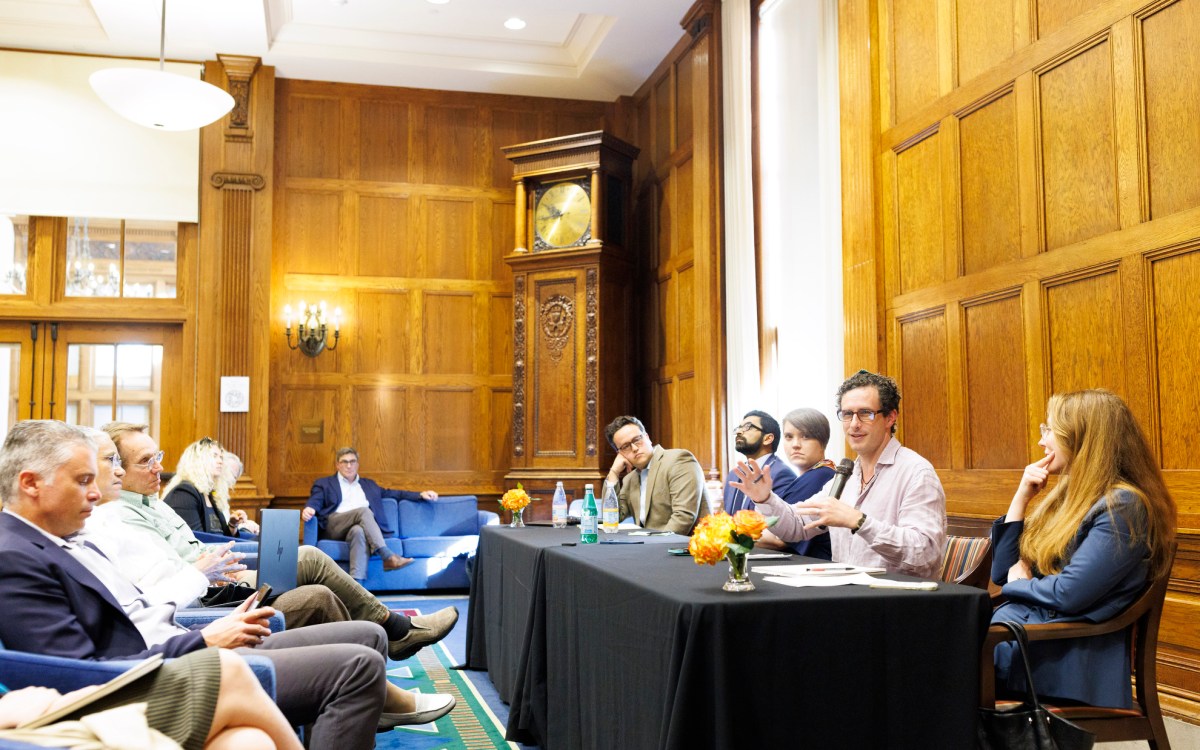
What will AI mean for humanity?
Scholars from range of disciplines see red flags, possibilities ahead
-
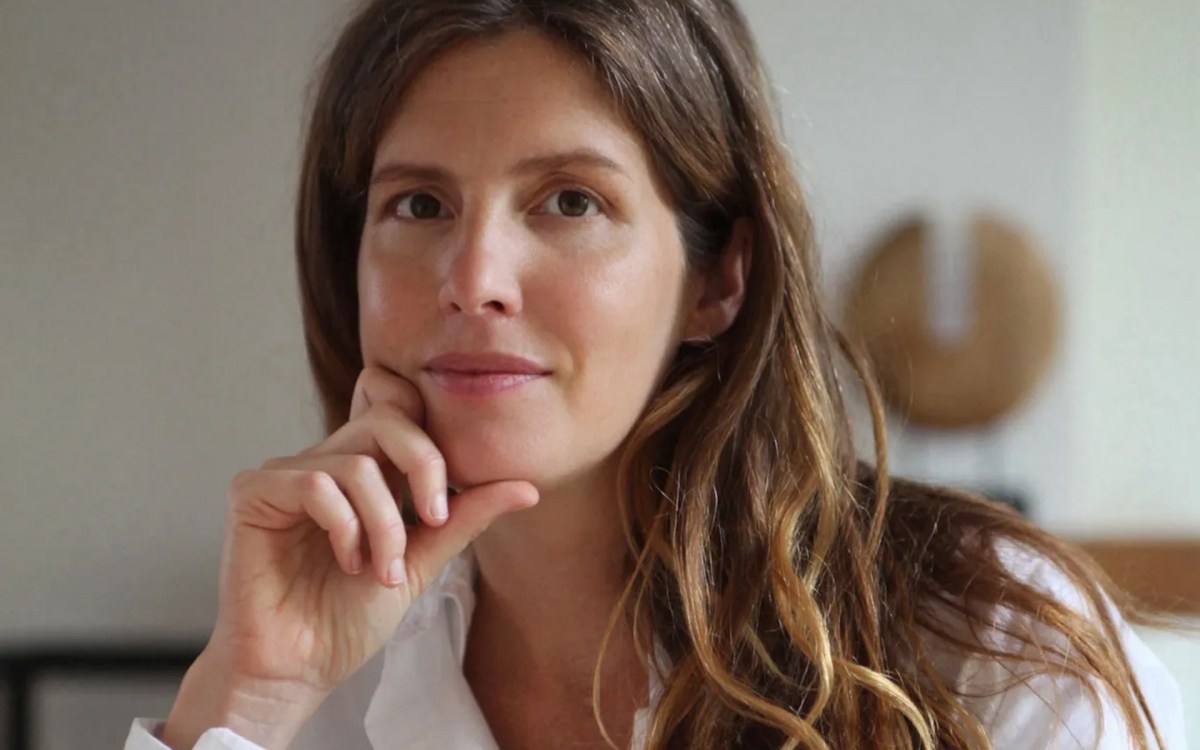
‘Human exceptionalism is at the root of the ecological crisis’
Saving the planet requires getting over ourselves, argues author of ‘The Arrogant Ape’
-
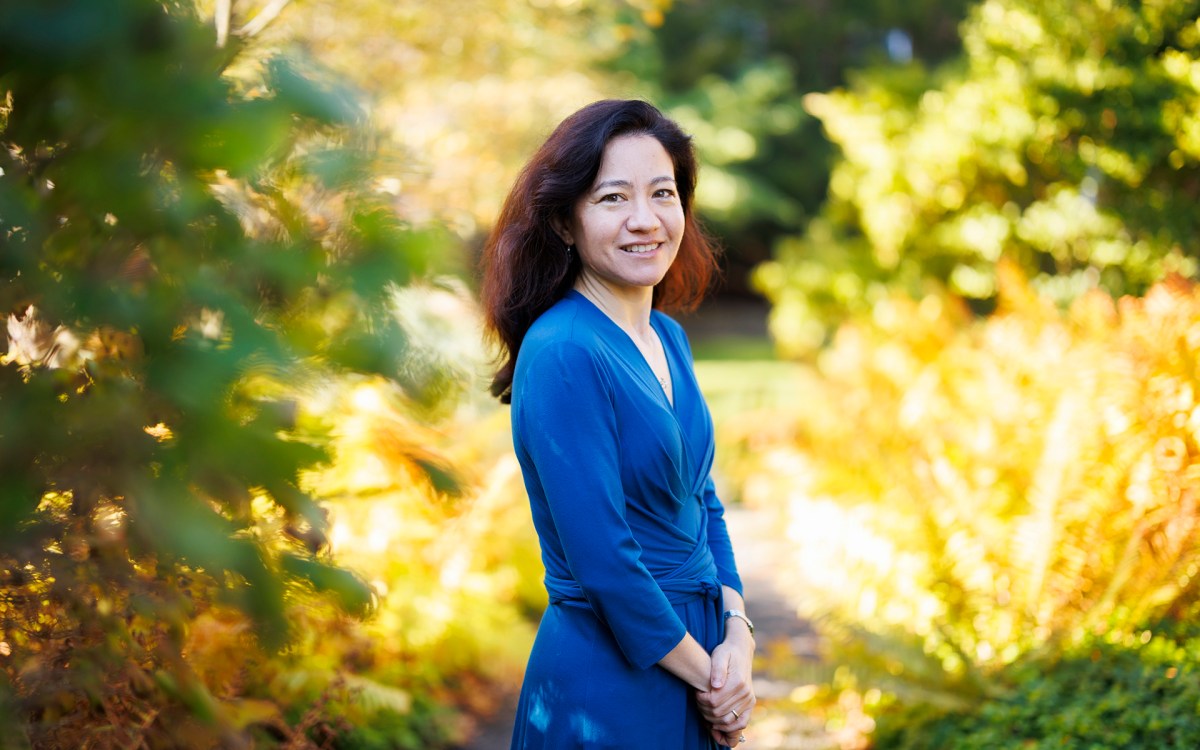
Lauren Williams awarded MacArthur ‘genius grant’
Math professor honored for theoretical breakthroughs with sometimes surprising applications across phenomena such as tsunamis, traffic
-
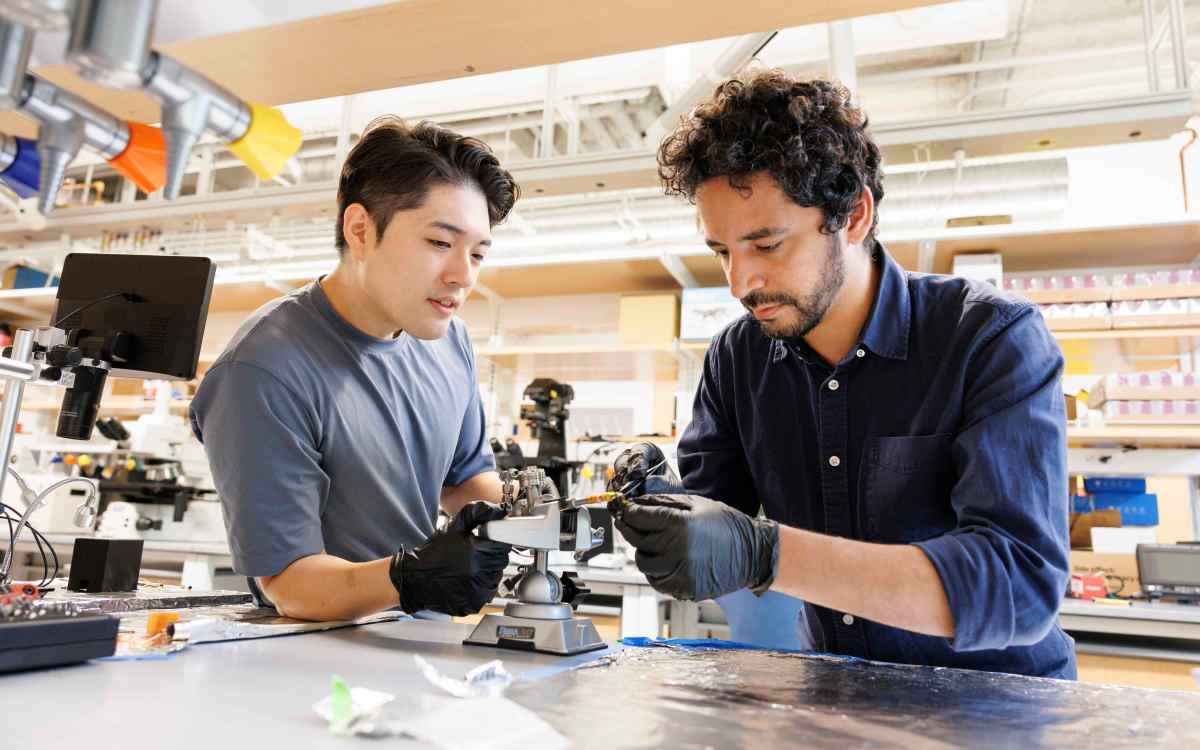
-
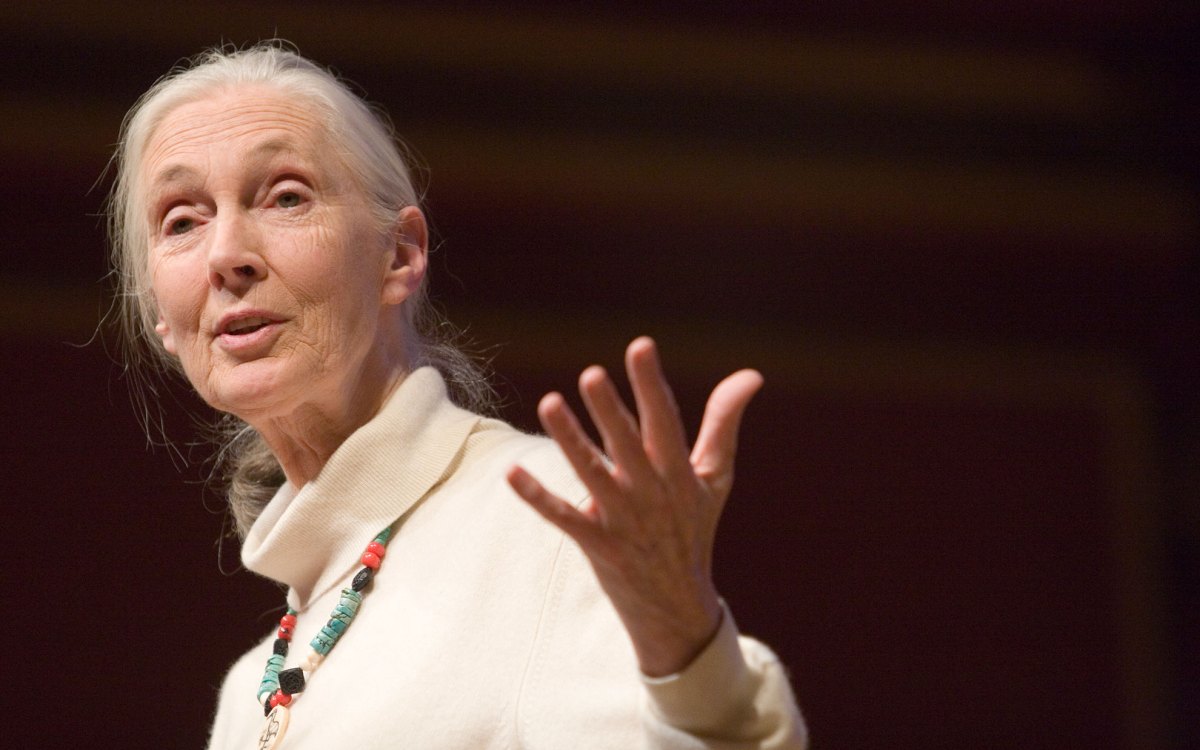
‘She had a sense of caring for everybody that she encountered.’
Richard Wrangham remembers his teacher and colleague Jane Goodall as a force of science, empathy, and hope
-
Toll of climate change on workers
Economist Patrick Behrer is tracking the health effects of working in an extremely hot environment and the ripple effects on the economy.

-
A clue to biodiversity?
An analysis of 20 butterfly genomes found evidence that many butterfly species — including distantly related species — show a surprisingly high amount of gene flow between them, Harvard researchers found.

-
Riding the quantum computing ‘wave’
Google engineers claimed to have created a quantum computer that exhibited “quantum supremacy.” The Gazette spoke with Harvard Quantum Initiative Co-Director Mikhail Lukin about the achievement, about similar work at Harvard.
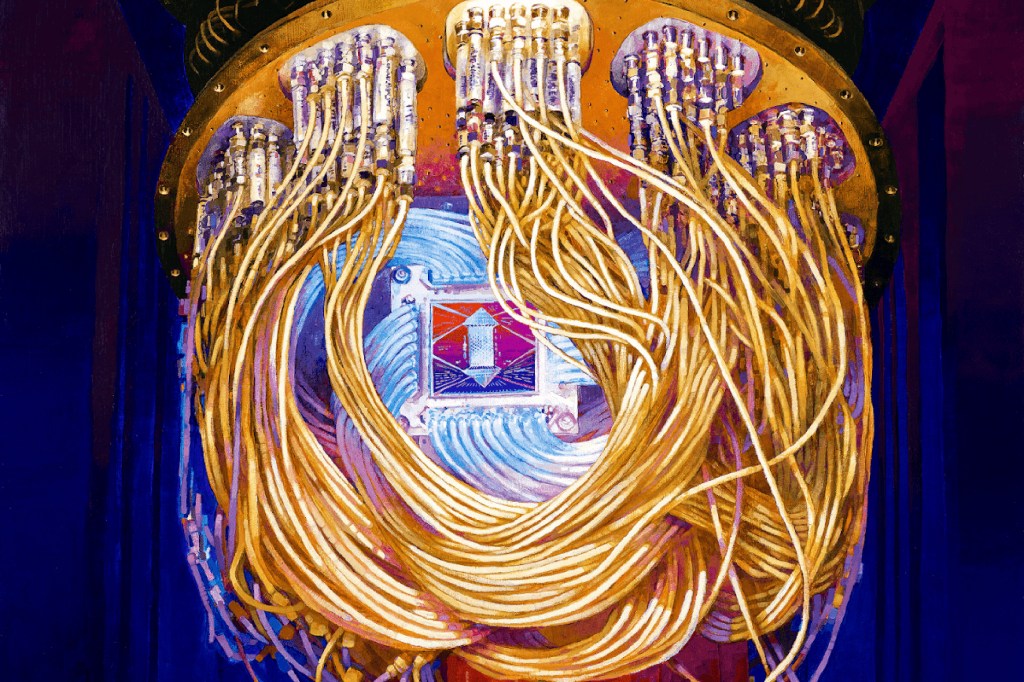
-
Power and pitfalls of gene editing
CRISPR gene-editing technology has conquered the lab and is poised to lead to new treatments for human disease. Experts consider the promise and peril at Radcliffe.
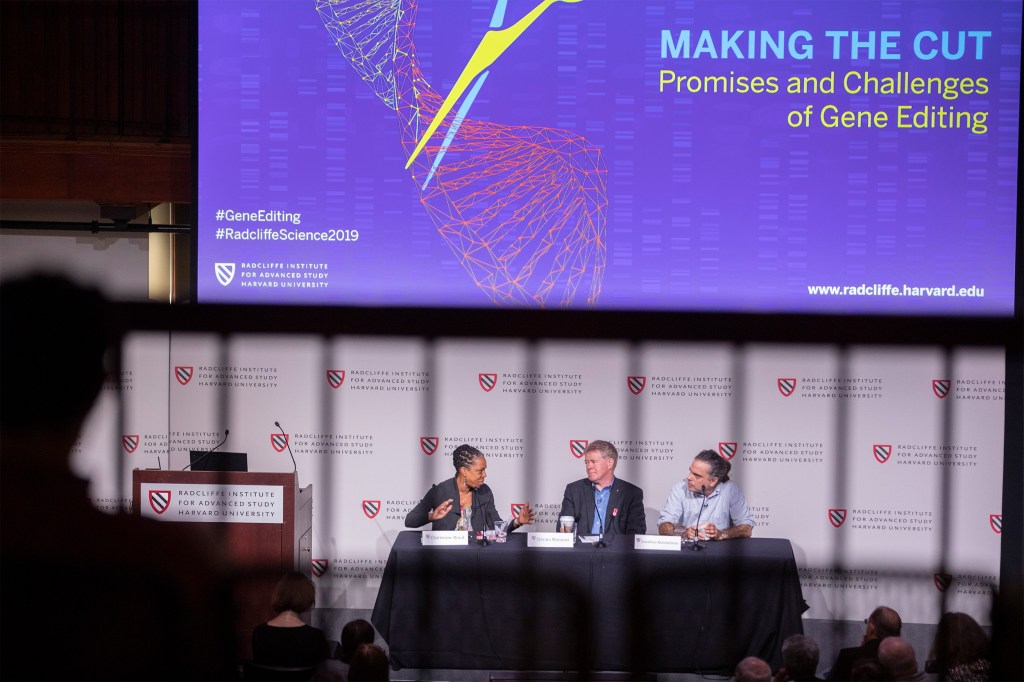
-
Inspired by jumping spiders
Inspired by the depth perception of spiders fixing to pounce on prey from a distance, Harvard researchers design a sensor that could be used in microrobotics, augmented reality, wearable devices.
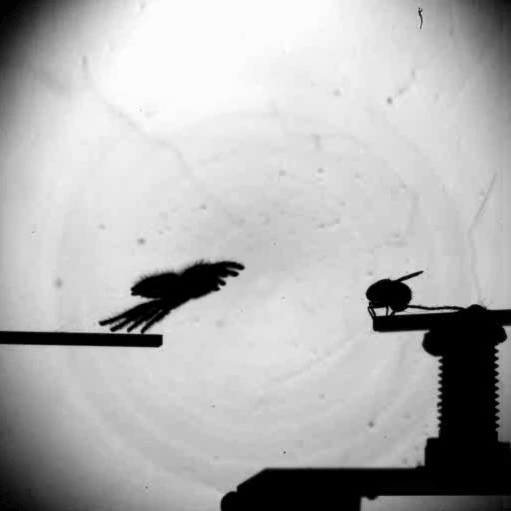
-
A rose by any other name — could be confusing
Kanchi Gandhi is one of a small group of global experts who referees the rules of naming new plant species.

-
Both marathoner and sprinter
Scientists from Harvard and the University of Virginia have developed the first robotic tuna that can accurately mimic both the highly efficient swimming style of tuna, and their high speed.
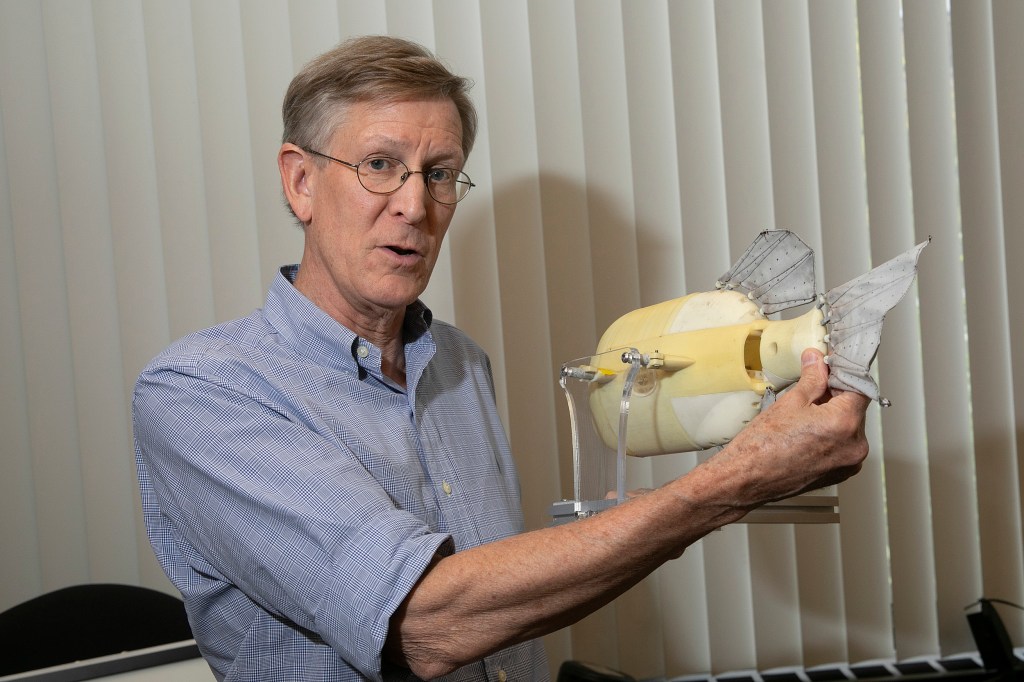
-
My three suns
Harvard astronomers are studying a newly discovered rocky planet with three suns called LTT1445Ab in the hopes it will provide valuable insights into Earth.
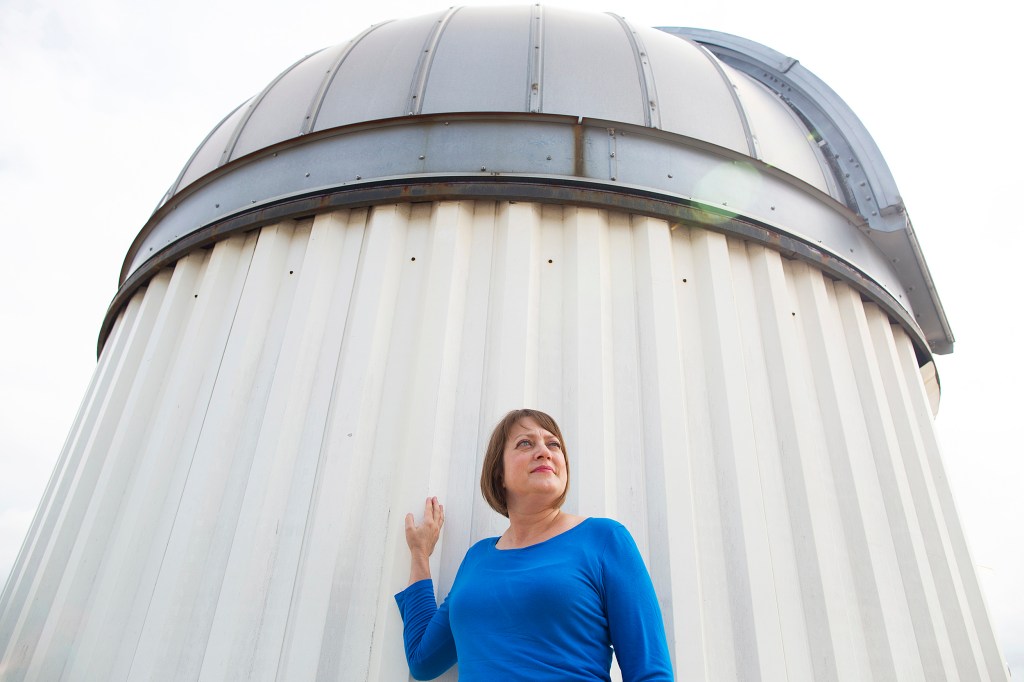
-
Learning apps for parents that help kids
Harvard Graduate School of Education researchers Joe Blatt and Meredith Rowe conducted a study that developed learning apps to create foundations for literacy in young children.
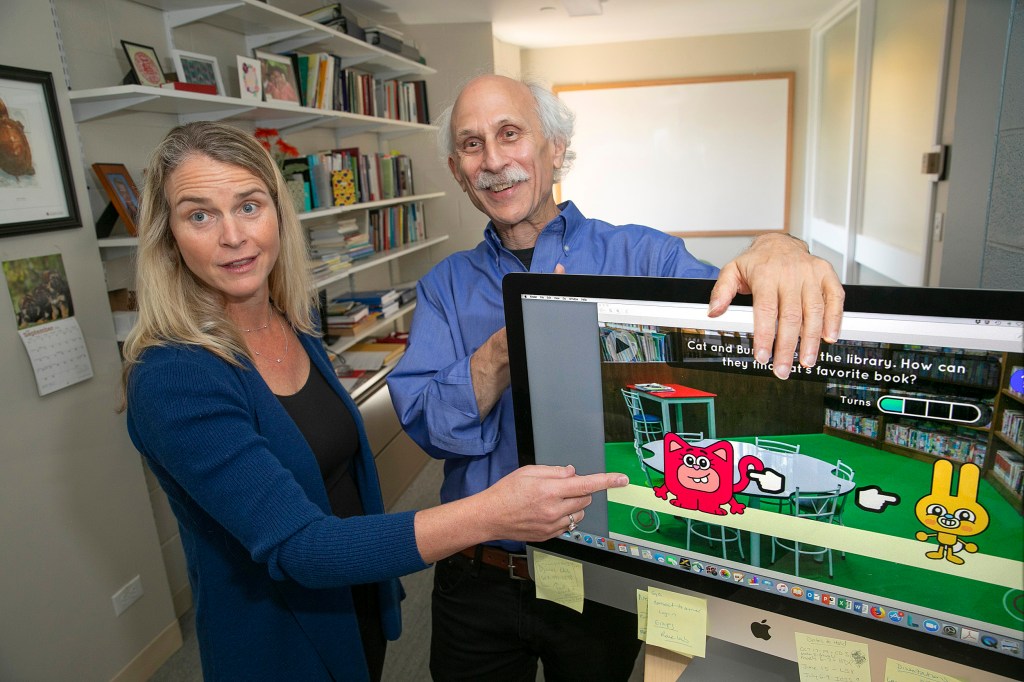
-
Defending science in a post-fact era
Harvard Professor Naomi Oreskes, author of “Why Trust Science?,” discusses the five pillars necessary for science to be considered trustworthy, the evidentiary value of self-reporting, and her Red State Pledge.
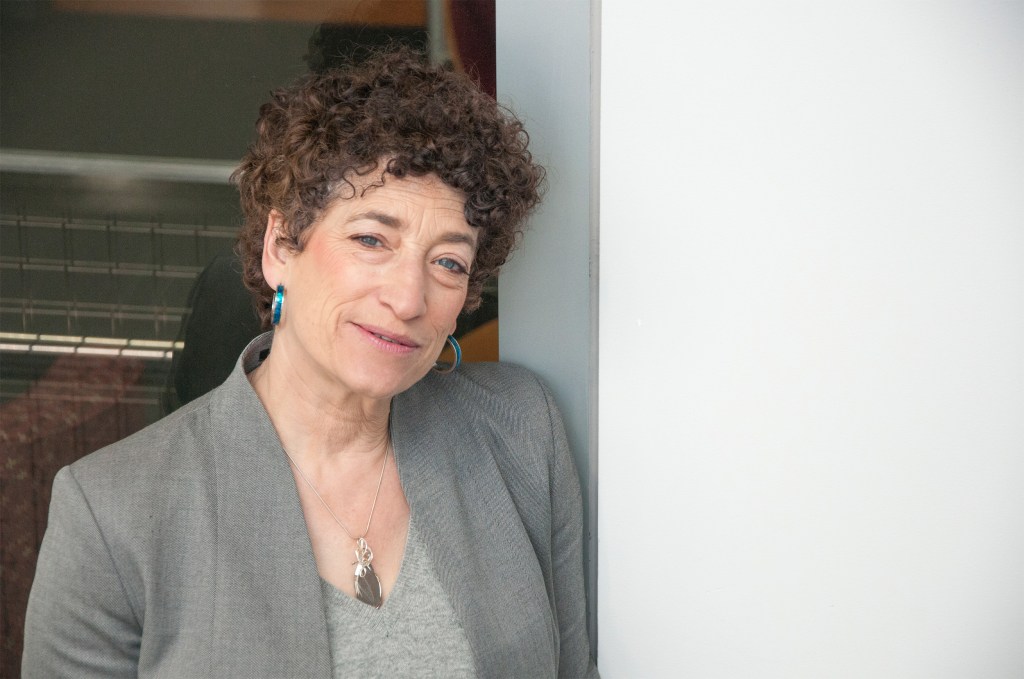
-
Genome editing with precision
Researchers have created a system called prime editing, a new CRISPR genome-editing approach that has the potential to correct up to 89 percent of known disease-causing genetic variations.

-
Real texture for lab-grown meat
Researchers are able to build muscle fibers, giving lab-grown meat the texture meat lovers seek.
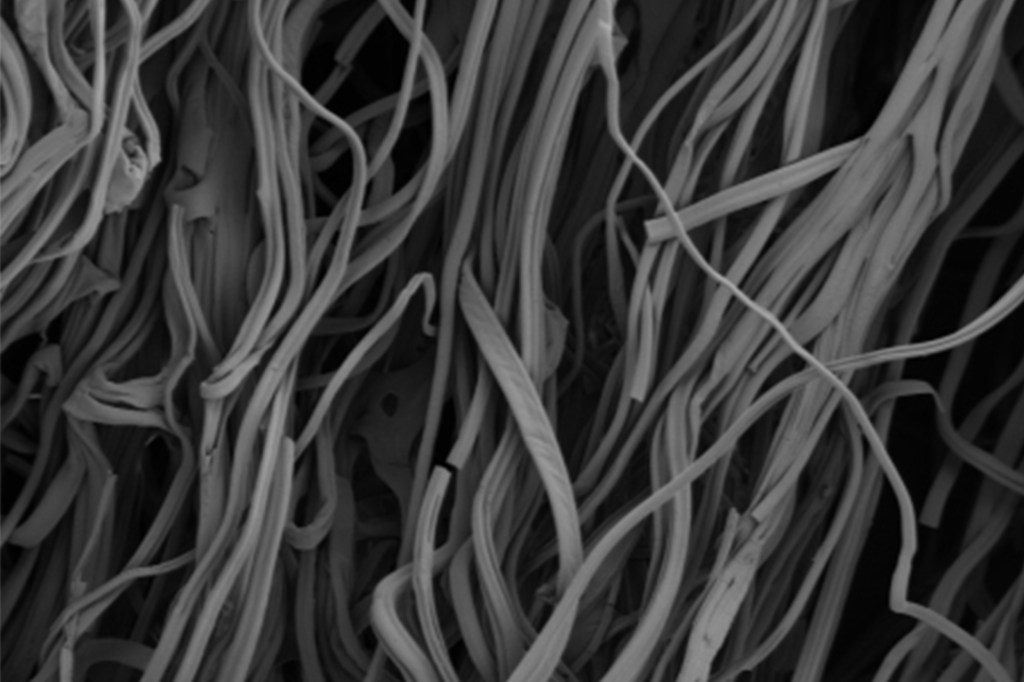
-
Scientists pinpoint neural activity’s role in human longevity
The brain’s neural activity, long implicated in disorders ranging from dementia to epilepsy, also plays a role in human aging and life span, according to research led by scientists in the Blavatnik Institute.

-
A reliable clock for your microbiome
The microbiome is a treasure trove of information about human health and disease, but getting it to reveal its secrets is challenging, especially when attempting to study it in living subjects. A new genetic “repressilator” lets scientists noninvasively study its dynamics, acting like a clock that tracks how bacterial growth changes over time with single-cell precision.
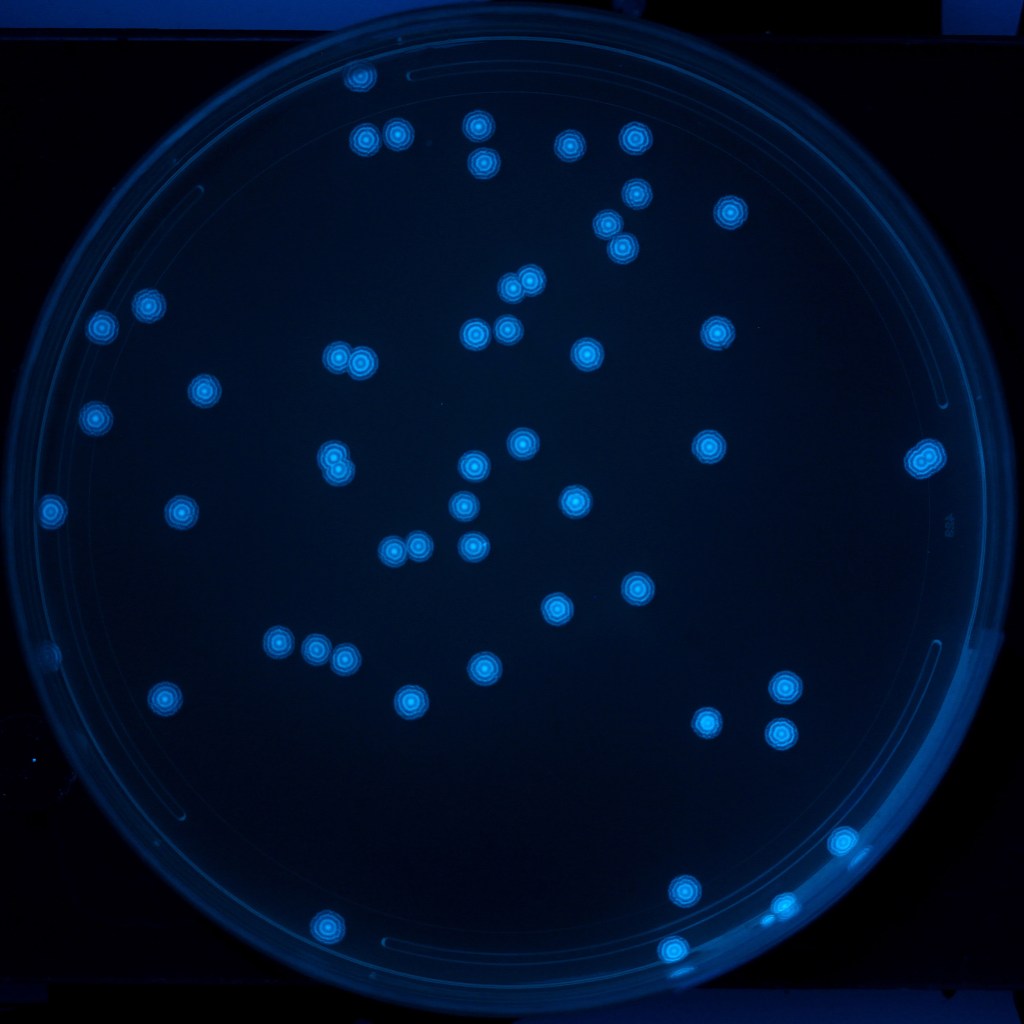
-
CRISPR enzyme programmed to kill viruses in human cells
Researchers have turned a CRISPR enzyme into an antiviral that can be programmed to detect and destroy RNA-based viruses in human cells.
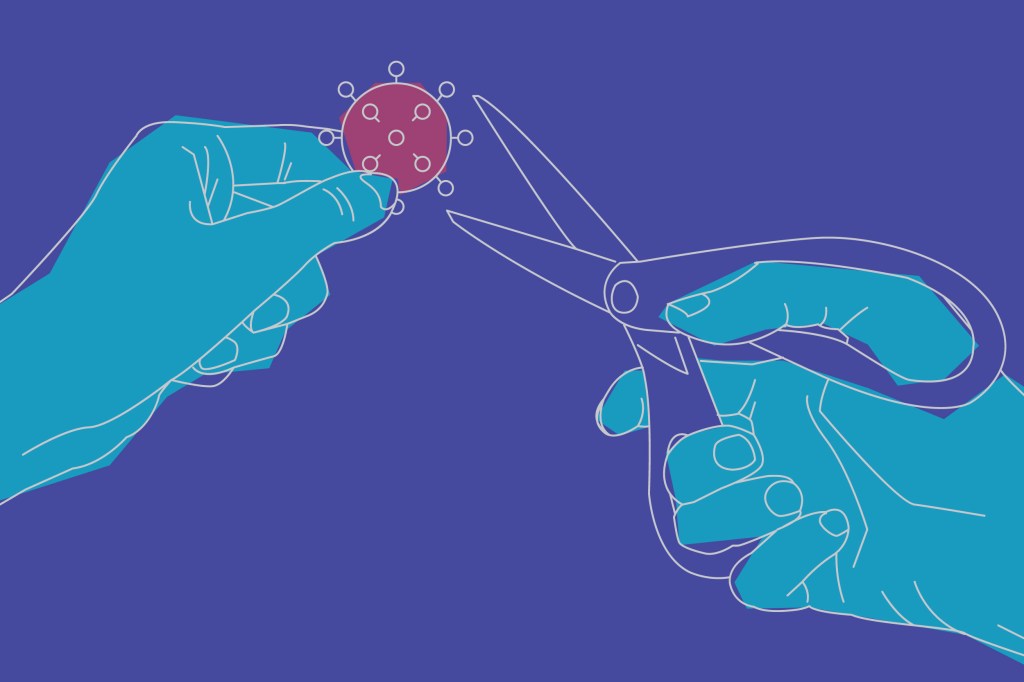
-
Unhidden figures
LaNell Williams wants to encourage more women of color to pursue doctorate degrees in fields such as physics. To help make that happen, she founded the Women+ of Color Project, which last week hosted a three-day workshop that invited 20 African American, Latinx, and Native American women interested in pursuing a career in a STEM field to Harvard.
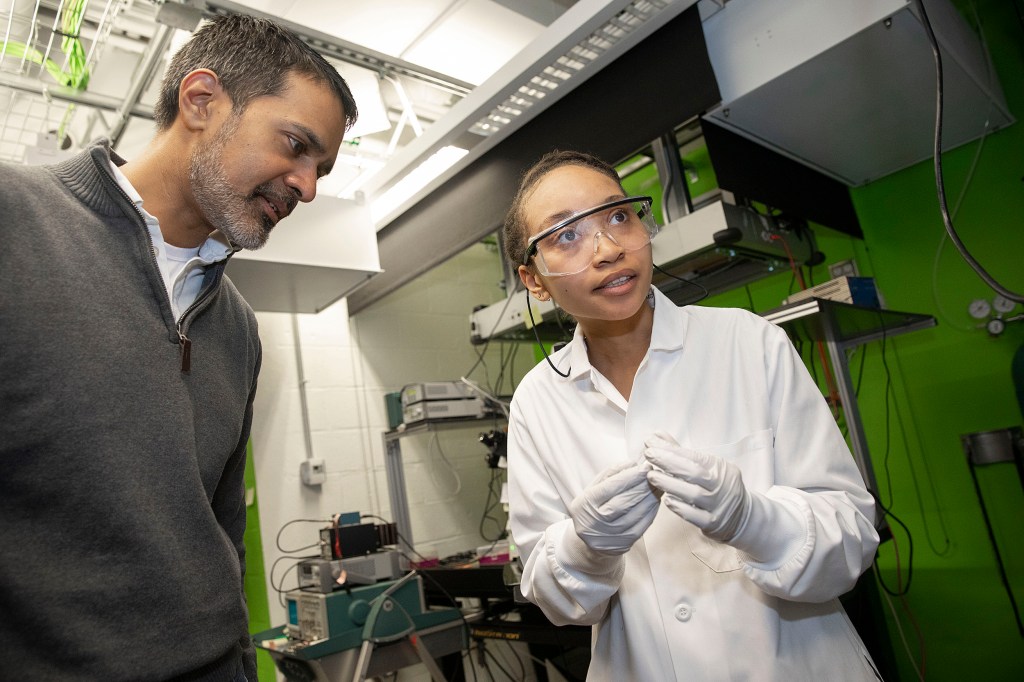
-
Is technology evil?
A HubWeek panel exploring ethics in the digital world featured computer scientist and entrepreneur Rana el Kaliouby and Harvard Professor Danielle Allen.
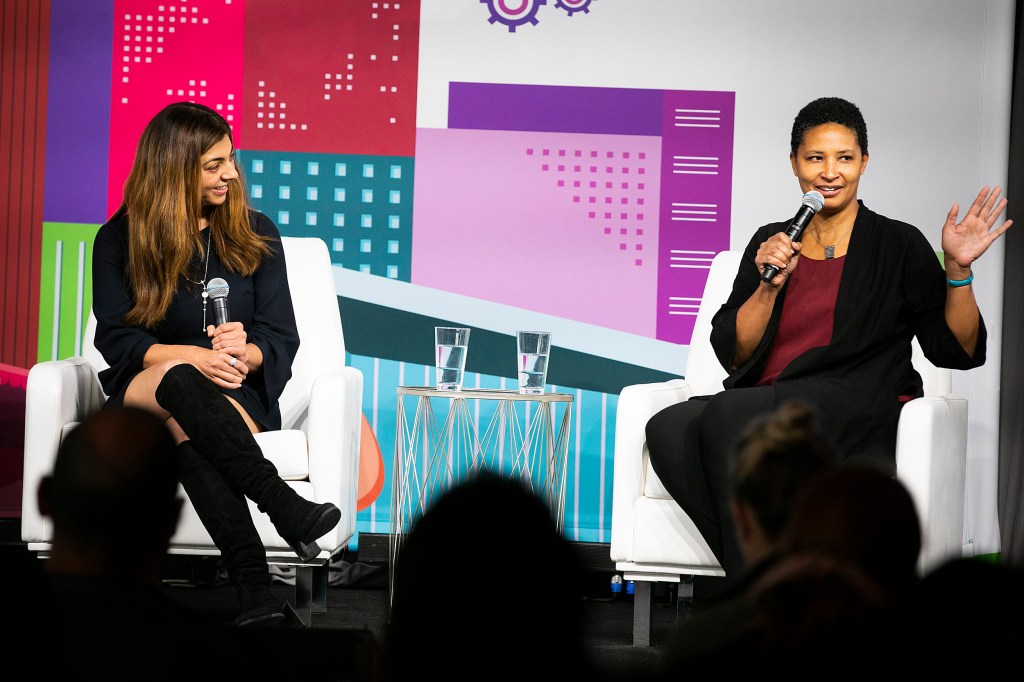
-
Red flags rise on global warming and the seas
The world’s oceans, glaciers, and ice caps are under assault by climate change. The Gazette spoke with former Obama science adviser John Holdren about the latest Intergovernmental Panel on Climate Change report examining the threat.
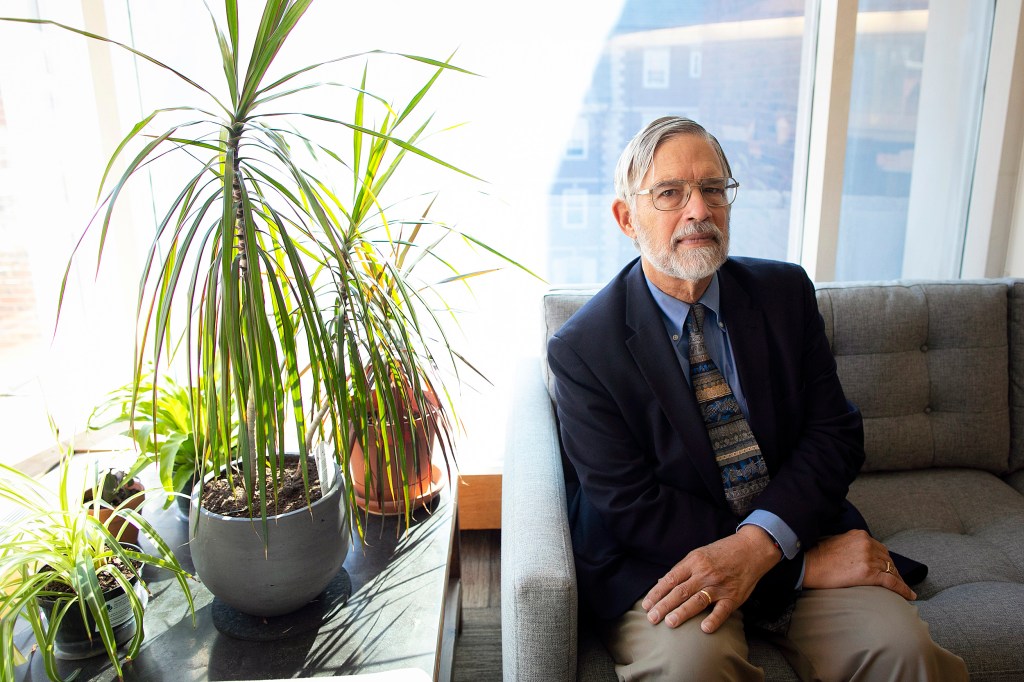
-
Tiny tweezers
Using precisely focused lasers that act as “optical tweezers,” Harvard scientists have been able to capture and control individual ultracold molecules – the eventual building-blocks of a quantum computer – and study the collisions between them in more detail than ever before.
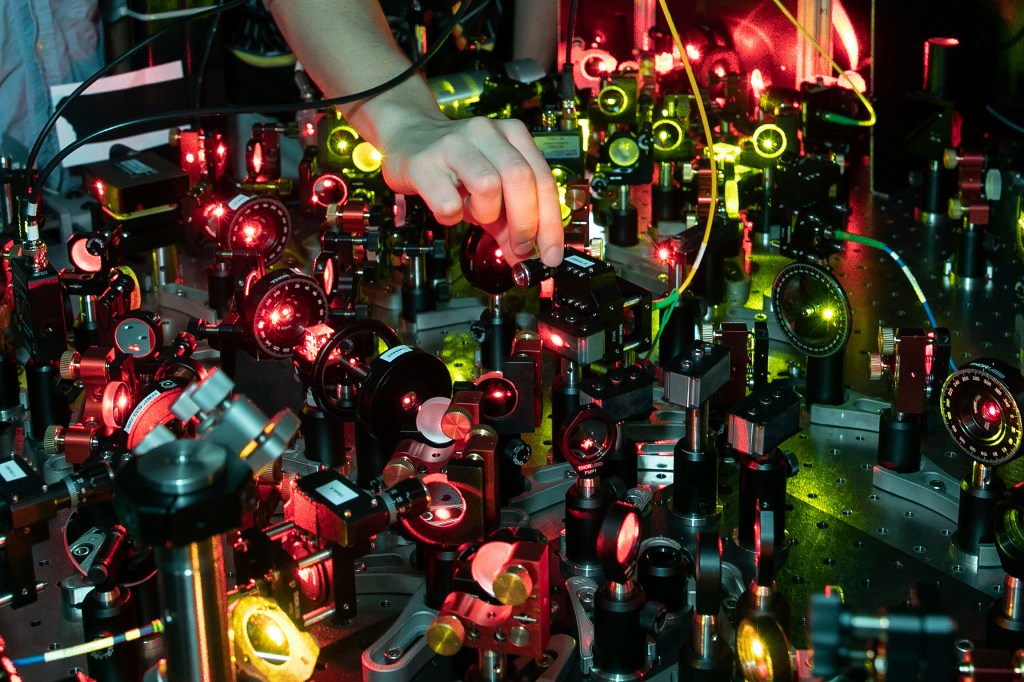
-
The shape-shifting of things to come
What would it take to transform a flat sheet into a human face? How would the sheet need to grow and shrink to form eyes that are concave, a nose…

-
First video of viruses assembling
For the first time, Harvard researchers have captured images of individual viruses forming, offering a real-time view into the kinetics of viral assembly.
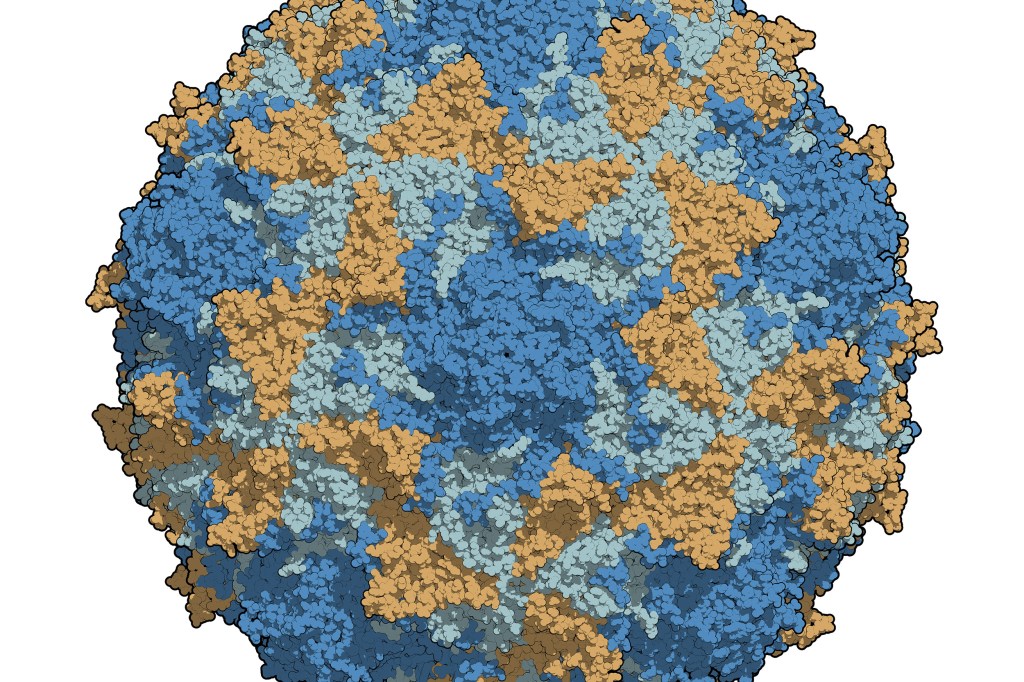
-
Innovating an innovation
HubWeek fall festival takes place Oct. 1‒3 in Boston’s Seaport District.
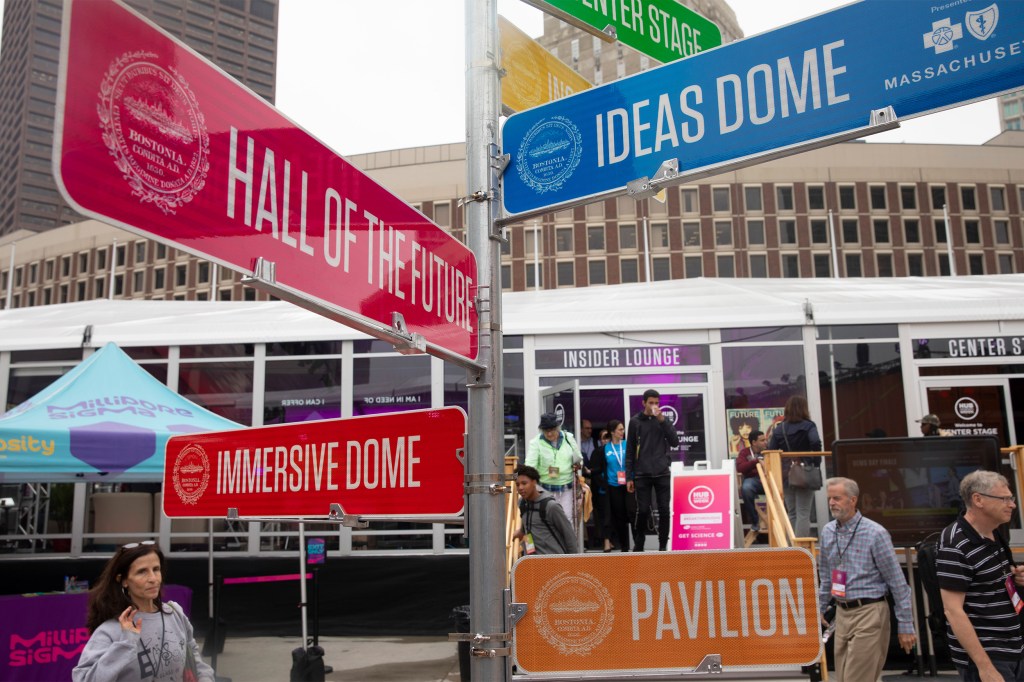
-
Ending ‘dead zones’
Harvard scientists are teaming up with sustainability officers and landscaping experts to test a new fertilizer that won’t wash into water supplies.
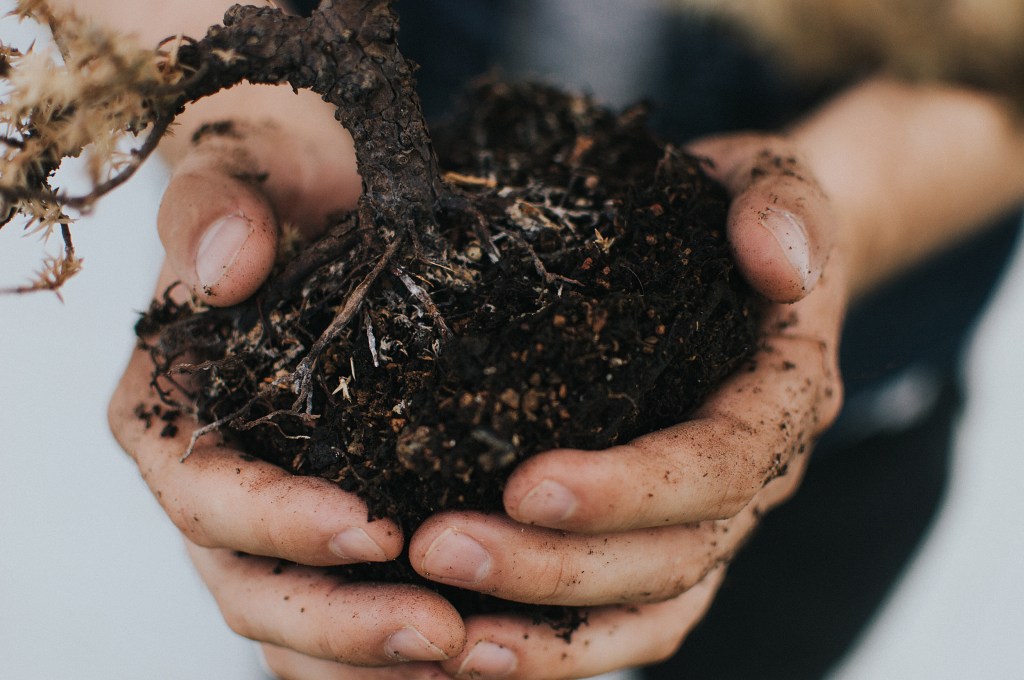
-
Up close and personal with neuronal networks
Researchers from Harvard University have developed an electronic chip that can perform high-sensitivity intracellular recording from thousands of connected neurons simultaneously, allowing them to identify hundreds of synaptic connections.
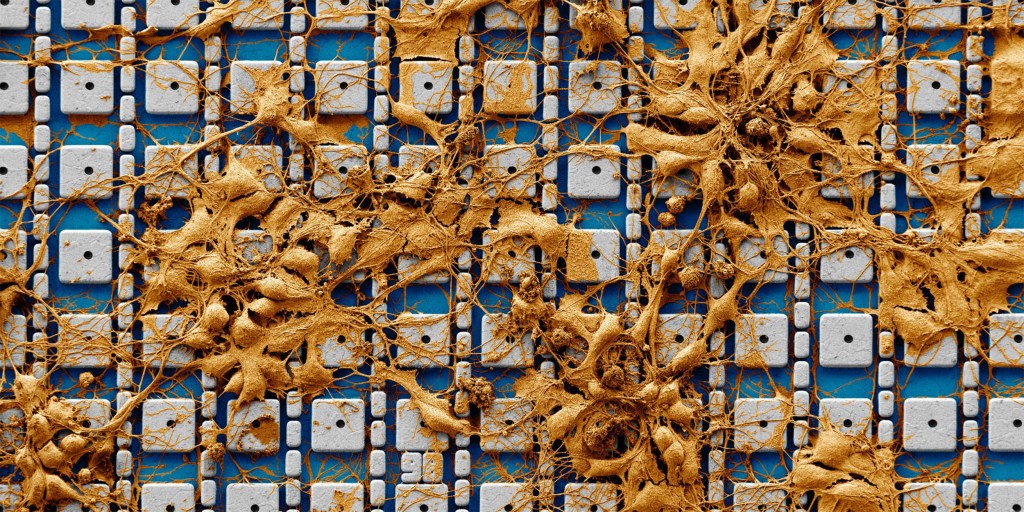
-
The future of mind control
A new paper explores why neuron-like implants could offer a better way to treat brain disorders, control prosthetics, or even enhance cognitive abilities.
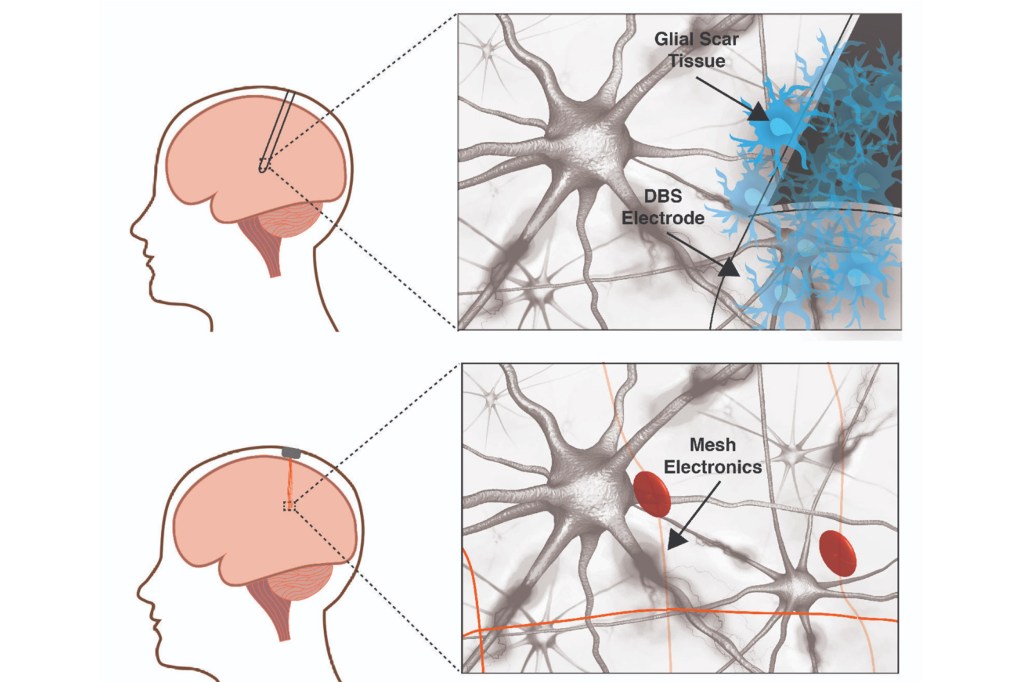
-
Solve ocean’s troubles and climate change too?
Experts from Harvard and beyond gathered Monday to discuss the oceans’ plight in a warming world, offering hopeful solutions despite the often bleak assessment prompted by warming, pollution, acidification, and coral bleaching.
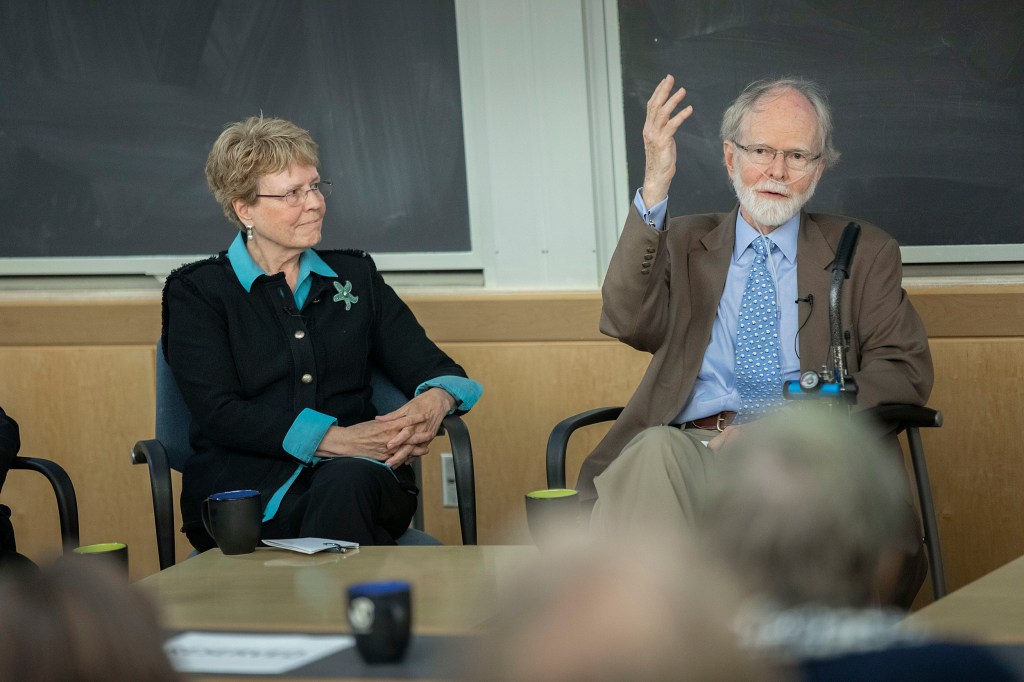
-
Break it up
Researchers at Harvard and Cornell have discovered exactly how a reactive copper-nitrene catalyst could transform a strong carbon-hydrogen bonds into a carbon-nitrogen bond, a valuable building block for chemical synthesis.

-
A shot in the arm for vaccine research
Immunology research at the Ragon Institute of MGH, MIT, and Harvard has advanced an HIV vaccine into the clinic, and will diversify thanks to a major gift from Phillip T. and Susan M. Ragon.
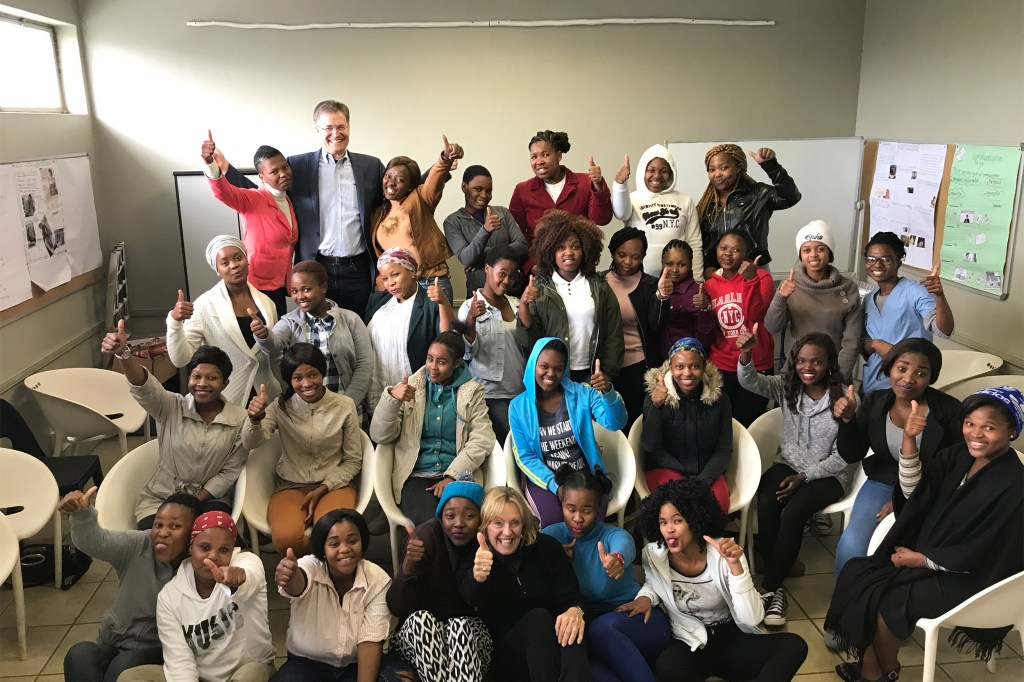
-
A precise chemical fingerprint of the Amazon
A group of researchers are using a drone-based chemical monitoring system to track the health of the Amazon in the face of global climate change and human-caused deforestation and burning.

-
Playing our song
Samuel Mehr has long been interested in questions of what music is, how music works, and why music exists. To help find the answers, he’s created the Music Lab, an online, citizen-science project aimed at understanding not just how the human mind interprets music, but why music is a virtually ubiquitous feature of human societies.
